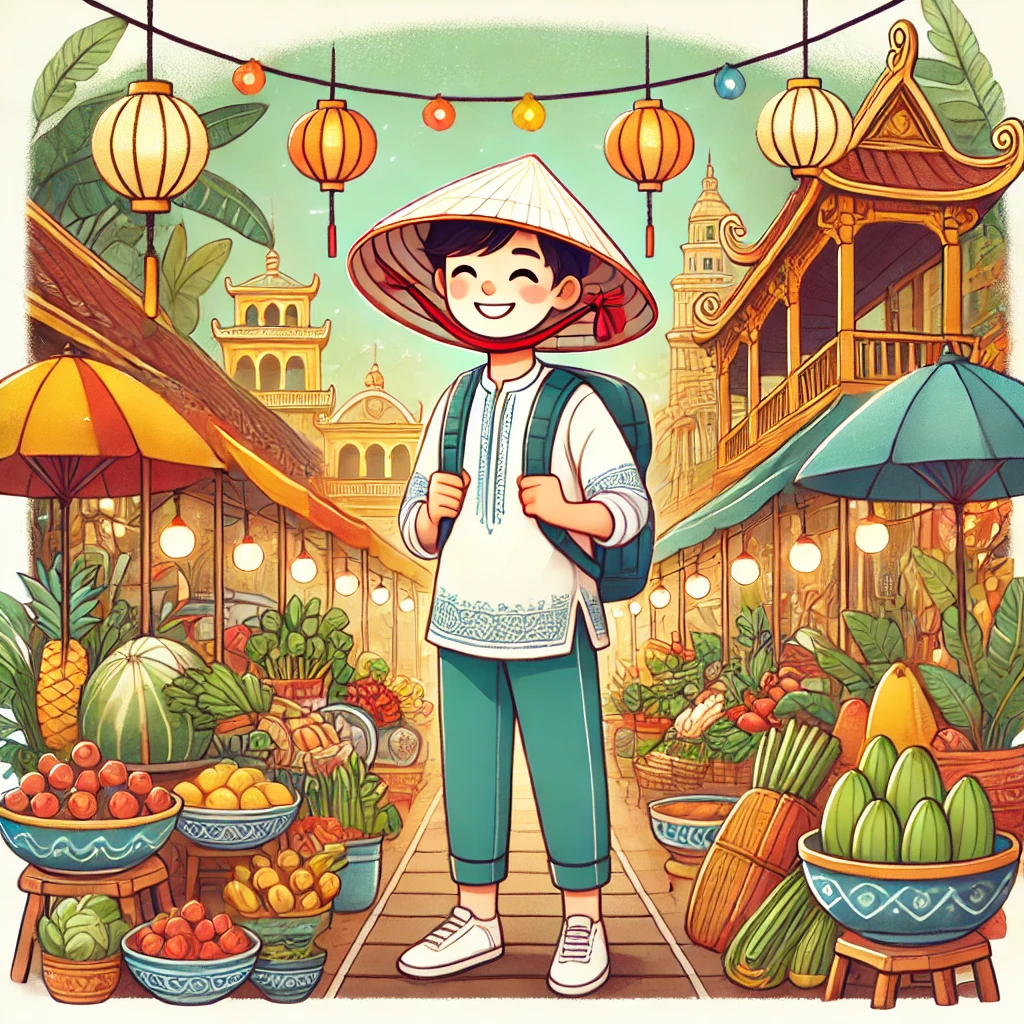Vietnamese Death Rituals
Last Updated on 24 May, 2024 by admin
Death rituals in Vietnam are a profound reflection of the country’s rich cultural heritage and spiritual beliefs. These rituals, deeply rooted in tradition, provide solace to the living and honour the deceased, ensuring their peaceful transition to the afterlife. Understanding these practices offers valuable insights into Vietnamese customs and the importance of family and community bonds. This article explores the historical and cultural background, pre-funeral practices, funeral ceremonies, post-funeral traditions, symbolism, and the modern adaptations of Vietnamese death rituals, highlighting their enduring significance in contemporary society.

Historical and Cultural Background
Vietnamese death rituals are influenced by a blend of Confucianism, Buddhism, and Taoism, as well as indigenous beliefs. Confucian ideals emphasize filial piety and ancestor worship, considering respect for the deceased as a fundamental duty. Buddhism introduces concepts of karma and rebirth, guiding the rituals meant to ensure a favourable reincarnation. Taoism contributes spiritual practices aimed at harmonizing with the natural order. Ancestor worship, a cornerstone of Vietnamese culture, underscores these influences, with families maintaining elaborate altars and performing regular offerings to honour their forebears and seek their blessings.
Pre-Funeral Practices
Pre-funeral practices in Vietnam involve meticulous preparations by family members and the community. The body is washed and dressed in fine clothing, often traditional garments, symbolizing respect and care for the deceased. The home is prepared for the wake, which can last several days, allowing relatives and friends to pay their respects. Incense is burned continuously, and prayers are offered to guide the soul of the deceased. Family members may recite Buddhist sutras or chant mantras, invoking protection and a peaceful transition to the afterlife. These practices reinforce communal bonds and collective mourning.
Funeral Ceremony
A typical Vietnamese funeral ceremony is a blend of solemn rituals and communal participation. The body is placed in a coffin, often accompanied by personal belongings and offerings. The funeral procession, led by a band playing traditional music, moves towards the burial or cremation site. Monks or religious leaders conduct rites, including chanting and blessings, to purify the spirit and ensure a smooth journey to the afterlife. Offerings of food, paper money, and symbolic items are made, reflecting the belief that these will support the deceased in the next world. Regional and ethnic variations add layers of diversity to these practices, with each community honouring its unique traditions.
Post-Funeral Traditions
Post-funeral traditions in Vietnam extend the mourning and remembrance process. The family observes a mourning period, traditionally lasting from 49 to 100 days, during which they abstain from certain activities and wear mourning attire. Rituals are performed on the 49th and 100th days to aid the soul’s progress. Annual memorials, particularly during the Lunar New Year and Vu Lan (Ghost Festival), reaffirm the family’s connection to their ancestors. Families maintain the graves of their loved ones with regular visits, cleaning, and offerings, ensuring the deceased remain an integral part of family life. These practices emphasize continuity and reverence for the past.
Symbolism and Meaning
Vietnamese death rituals are rich with symbolism that reflects deeper spiritual beliefs. Burning incense represents communication with the spiritual world, guiding the soul and purifying the space. Paper offerings, including money and replicas of everyday items, are believed to provide for the deceased in the afterlife. Food and drink offerings symbolize the sustenance and comfort of the soul. These elements highlight the interconnectedness of life and death, ensuring that the deceased are honoured and supported beyond their physical existence. Understanding these symbols reveals the profound respect and care inherent in Vietnamese funeral customs.
Modern Adaptations and Continuity
Modern Vietnamese society has seen adaptations in traditional death rituals due to urbanization and globalization. While the essence of these rituals remains, practices have become more streamlined to fit contemporary lifestyles. Urban living constraints lead to shorter wake periods and modified processions. However, there is a strong movement towards preserving these traditions, with families and cultural organizations working to maintain and teach these practices. Technology also plays a role, with virtual memorials and online platforms allowing distant relatives to participate in ceremonies. These adaptations ensure that while the form may evolve, the spirit of the rituals endures.
Conclusion
Vietnamese death rituals, steeped in history and cultural significance, continue to play a crucial role in the life of the Vietnamese people. They provide a framework for honouring the deceased, supporting the living, and maintaining a connection with ancestors. As these practices adapt to modern circumstances, they retain their core values, reflecting the resilience and continuity of Vietnamese culture. Understanding these rituals offers a deeper appreciation of the Vietnamese way of life and the profound respect for those who have passed, highlighting the enduring importance of tradition in an ever-changing world.




